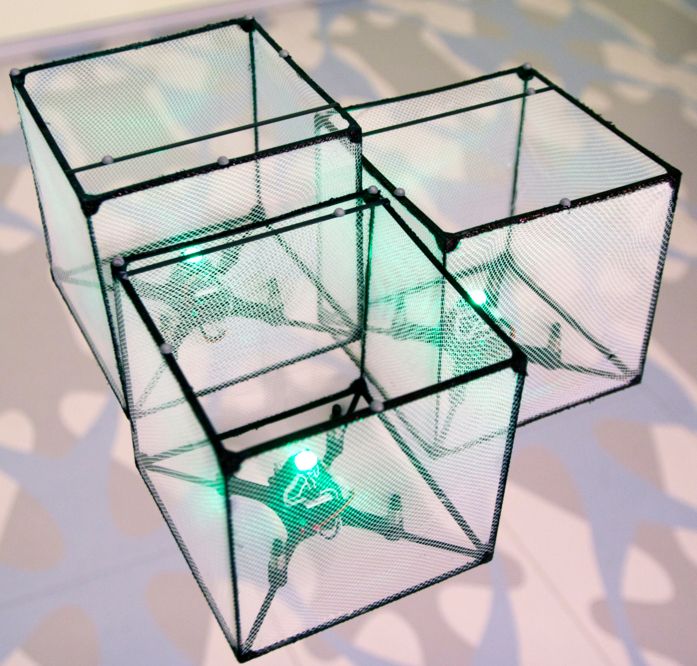Nov 7, 2015
Your Windshield Could Become a Web Browser
Posted by Shailesh Prasad in categories: futurism, transportation
The auto industry is in the fast lane toward more futuristic amenities. Continue reading →
The auto industry is in the fast lane toward more futuristic amenities. Continue reading →

A carbon-based paper folds itself up and walks away — a feat that could potentially lead to artificial muscles for robots.
Satellites are shrinking, and so is the cost to build them and shoot them up into orbit.
Cubesats, which weigh 1.33 kilograms or less, have become popular for researchers with grants and federal agencies like NASA. But their price, while lower than clunky old-school satellites, has remained out of reach for those who can’t pay a mortgage’s worth of money and don’t know how to hitch a ride on a rocket. Enter picosats and femtosats, Cubesats’s smaller, cheaper siblings—and the companies that will help you send them to space.
While Mars doesn’t have much in the way of Earth-like weather, it does evidently share one kind of weird meteorology: acid fog.

If “The Stellarator” sounds like an energy source of comic book legend to you, you’re not that far off. It’s the largest nuclear fusion reactor in the world, and it’s set to turn on later this month.
Housed at the Max Planck Institute in Germany, the Wendelstein 7-X (W7-X) stellarator looks more like a psychotic giant’s art project than the future of energy. Especially when you compare it with the reactor’s symmetrical, donut-shaped cousin, the tokamak. But stellarators and tokamaks work according to similar principles: In both cases, coiled superconductors are used to create a powerful magnetic cage, which serves to contain a gas as it’s heated to the ungodly temperatures needed for hydrogen atoms to fuse.
Continue reading “World’s Largest Fusion Reactor is About to Switch On” »

Could an interactive swarm of flying “3D pixels” (voxels) allow users to explore virtual 3D information by interacting with physical self-levitating building blocks? (credit: Roel Vertegaal)
We’ll find out Monday, Nov. 9, when Canadian Queen’s University’s Human Media Lab professor Roel Vertegaal and his students will unleash their “BitDrones” at the ACM Symposium on User Interface Software and Technology in Charlotte, North Carolina.
Continue reading “Bitdrones: Interactive quadcopters allow for ‘programmable matter’ explorations” »
New technology and new thinking are pushing the dark matter hunt to lower and lower masses.
